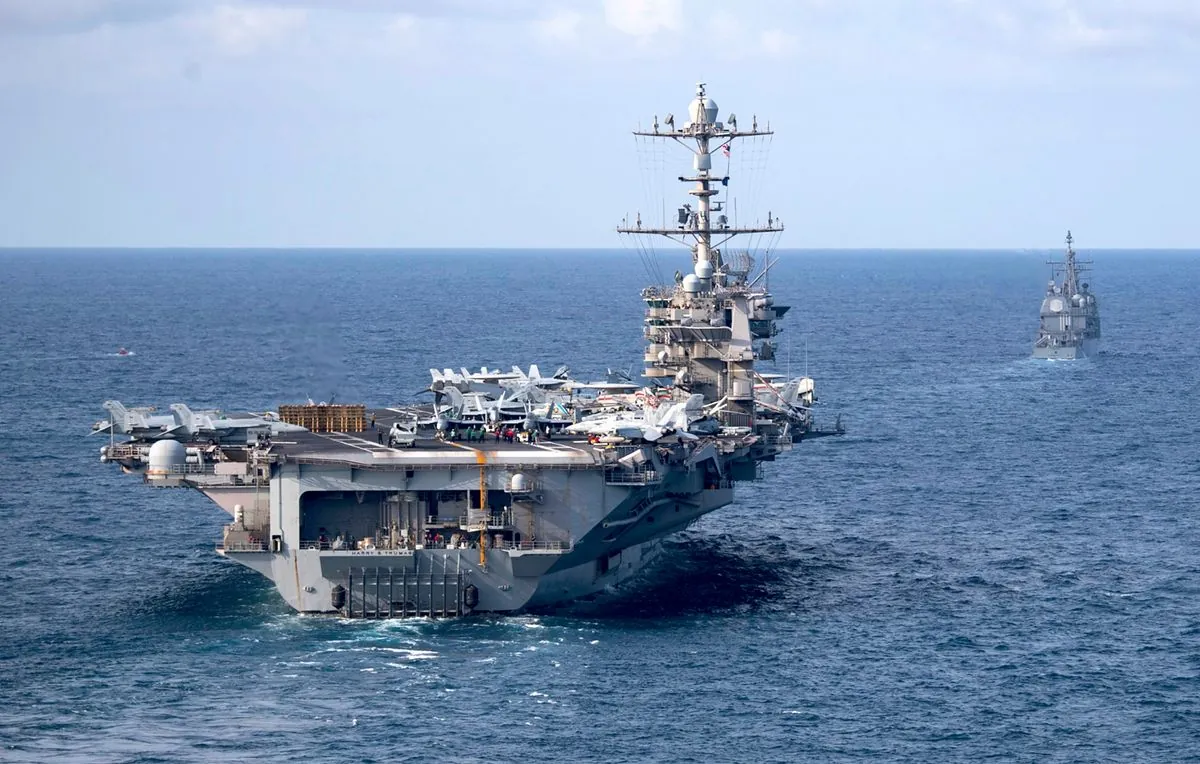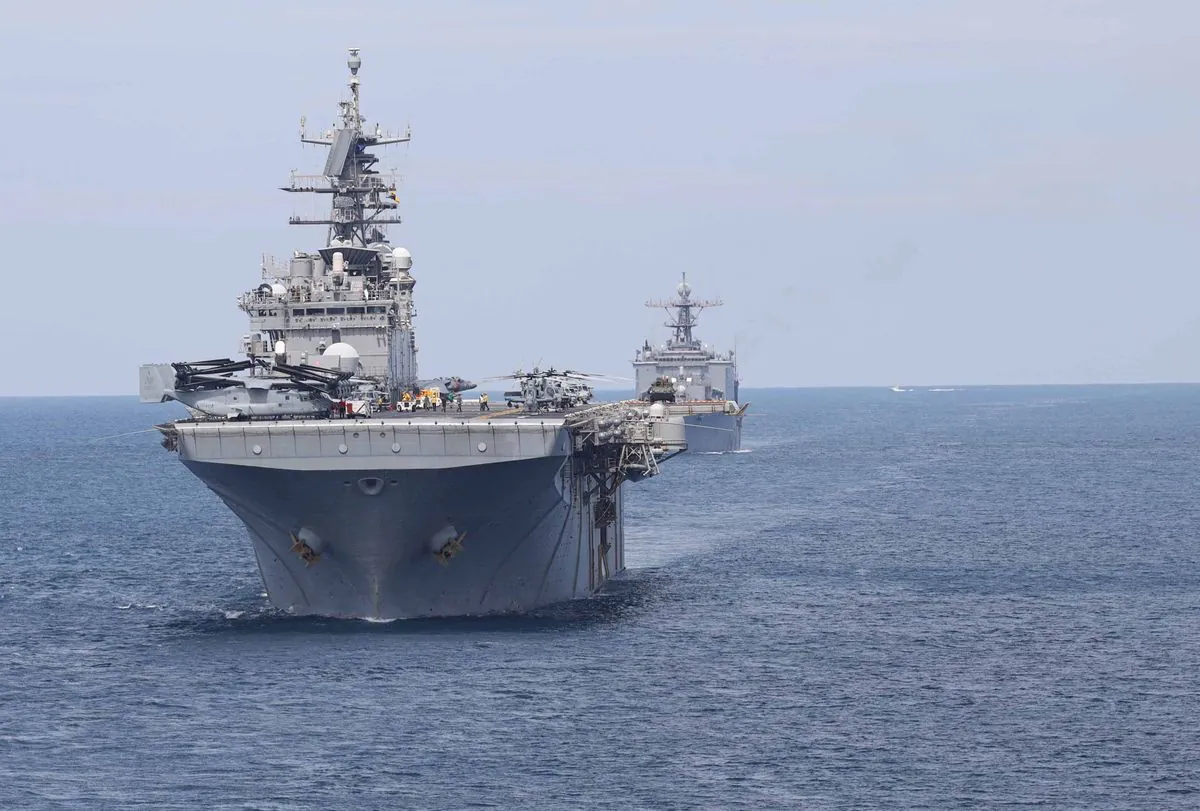U.S. Shifts Military Assets to Middle East Amid Iran-Israel Tensions
The U.S. redirects military resources to defend Israel against potential Iranian attacks, straining its Indo-Pacific focus. This move highlights the challenges of balancing global military commitments.

The United States has recently redirected significant military assets to the Middle East, prioritizing Israel's defense against potential Iranian aggression. This strategic shift has led to the redeployment of the USS Abraham Lincoln carrier strike group from the Indo-Pacific region to the Middle East, replacing the USS Theodore Roosevelt.
The Pentagon has bolstered its presence in the area by dispatching additional ballistic missile defense-capable vessels and a fighter squadron. Lloyd Austin, the Defense Secretary, has ordered an increase in land-based ballistic missile defense systems. These moves come as the Biden administration acknowledges limitations in ensuring Israel's safety against renewed Iranian threats.

Despite these challenges, the U.S. has established a preliminary missile defense structure. Gen. Michael Kurilla, head of U.S. Central Command, visited Israel to review air defense strategies in detail. Concurrently, President Joe Biden engaged in discussions with Jordan's King Abdullah II, who had previously assisted Israel in countering an Iranian attack in April 2023.
The reallocation of military resources to the Middle East has strained the U.S. military's ability to maintain its intended focus on the Indo-Pacific region. Mark Montgomery, a senior fellow at the Foundation for Defense of Democracies, noted the military's struggle to manage multiple theaters simultaneously.
This situation has led to extended deployments and increased responsibilities for U.S. naval and air forces. The USS Dwight D. Eisenhower recently returned from an extended mission combating Houthi forces in the Red Sea, highlighting the ongoing demands on military assets.
John Miller, a retired U.S. Navy vice admiral and former commander of the U.S. 5th Fleet, emphasized the military's capacity for rapid asset relocation but cautioned about the associated costs and time required for replacement.
"An Iranian strike could begin within 24 hours."
The threat of an Iranian attack on Israel has become increasingly apparent. Iran has issued diplomatic warnings and safety notices, including closing its airspace. In response, several Western nations have urged their citizens to evacuate Lebanon and neighboring countries.
Bilal Saab, an expert on U.S.-Middle East security issues, described the situation as a typical "action-reaction syndrome," noting the potential for escalation with each iteration of conflict.
Israel faces challenges in defending against a potential large-scale attack, particularly given the ongoing conflicts with Hamas in Gaza and Hezbollah in Lebanon since October 7, 2023. These engagements have strained Israel's Iron Dome air defense system, which is being restocked with U.S. assistance.
The situation remains fluid, with regional dynamics playing a crucial role. While some allies like Jordan are likely to support Israel's defense efforts, others, such as Egypt, have stated they will not assist in repelling an attack.
As tensions continue to rise, the international community watches closely, aware of the potential for further escalation in this volatile region.


































